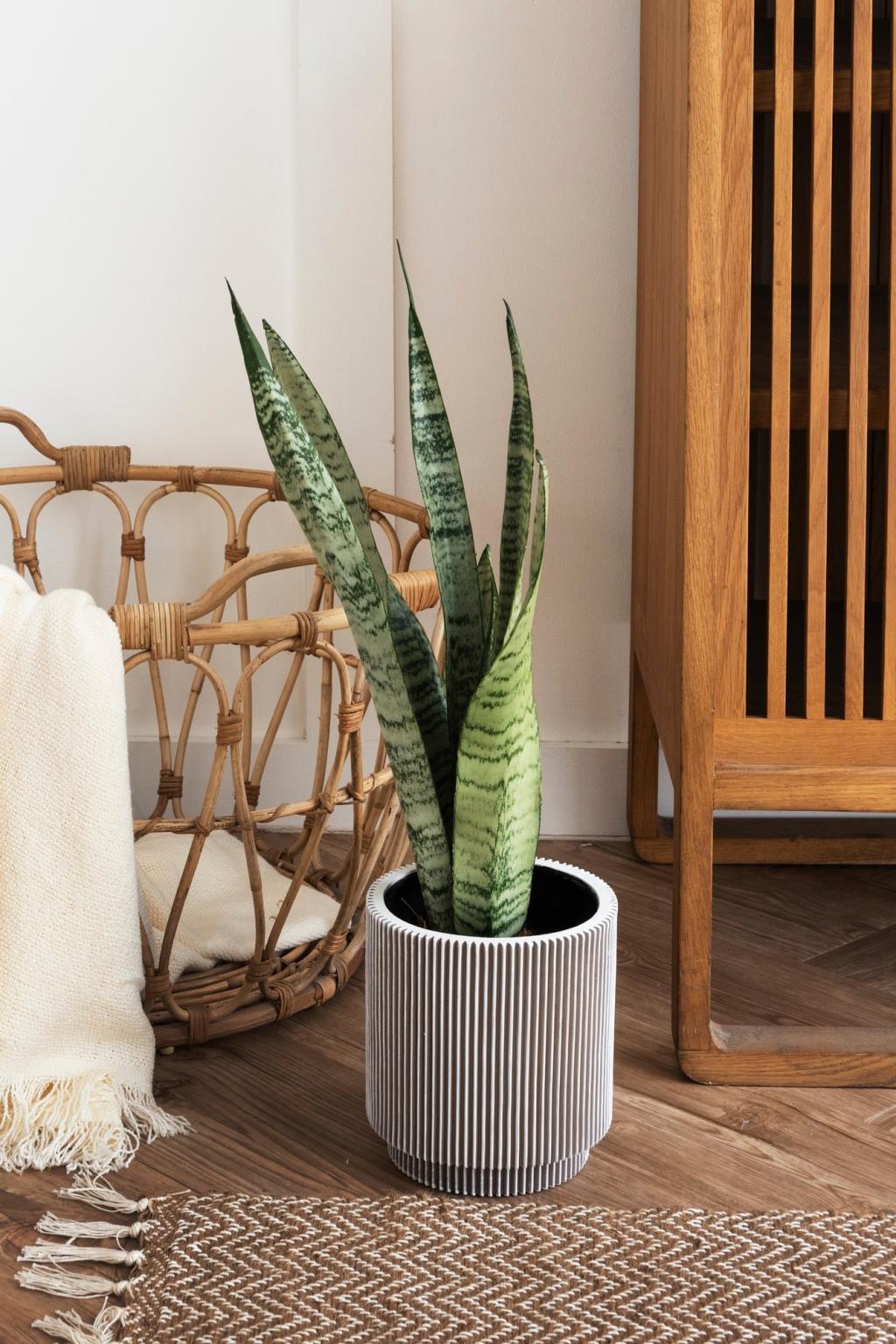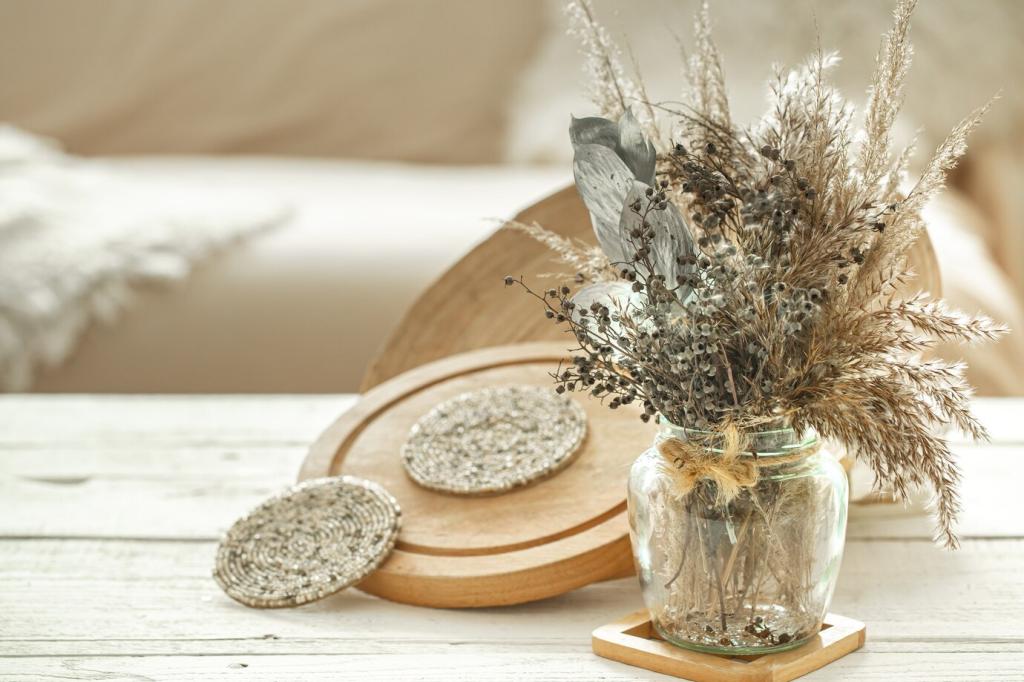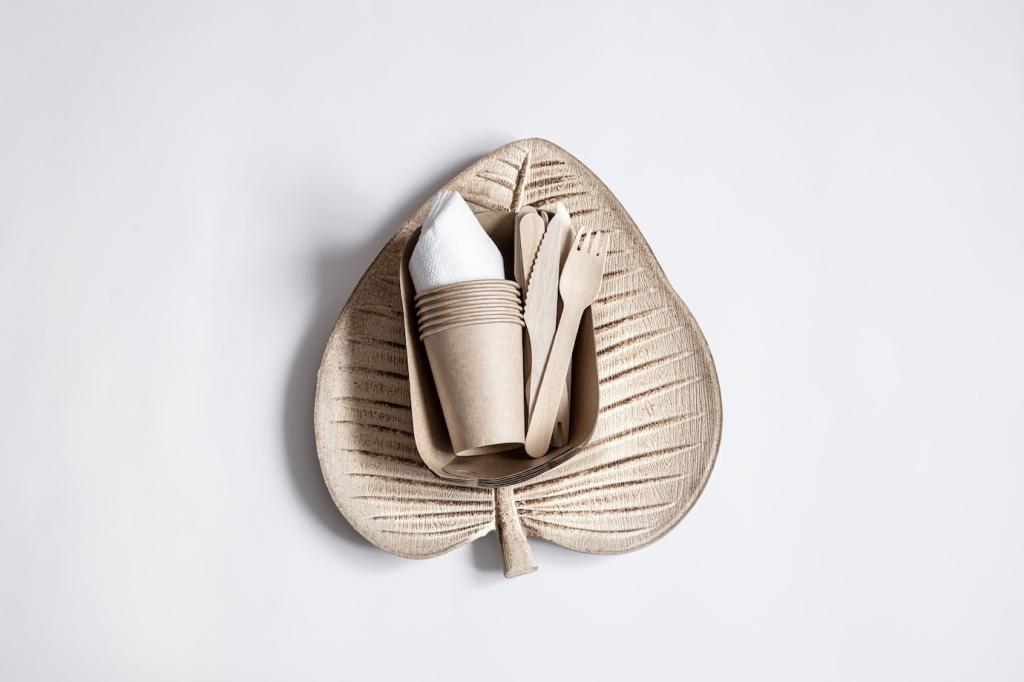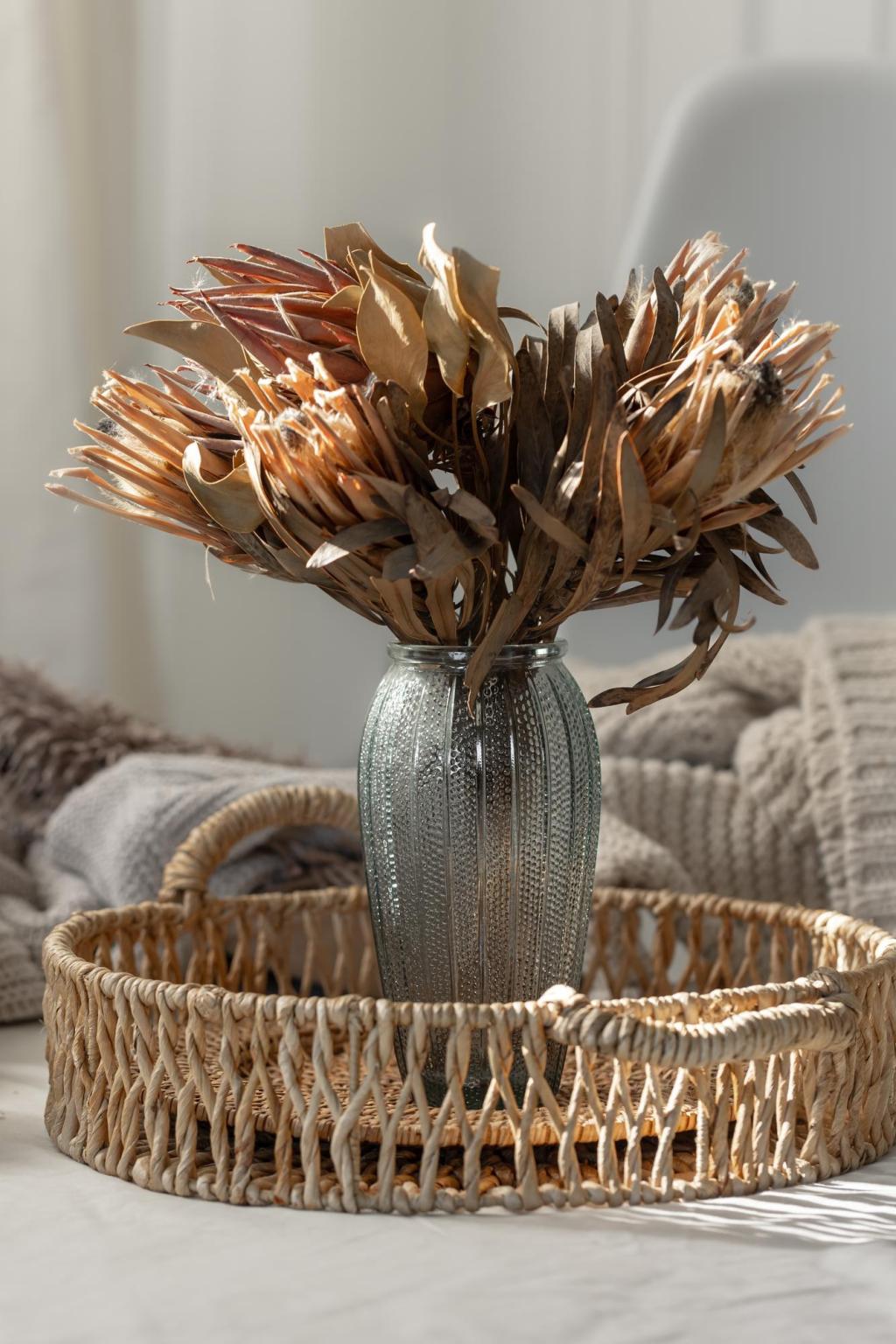Stories from Real Homes
One reader repainted a tiny nursery during naptimes using a zero-VOC base and mineral tint. The room aired out in hours, not days, and their bedtime routine never skipped a beat. Share your nursery or kid-space makeover to inspire new parents.
Stories from Real Homes
Using a low-odor bonding primer and scrubbable paint, a renter brightened cabinets over a weekend. No headaches, no lingering smell—just crisp doors and easier cleaning. Comment with your landlord-friendly tips and we’ll compile a community checklist.




